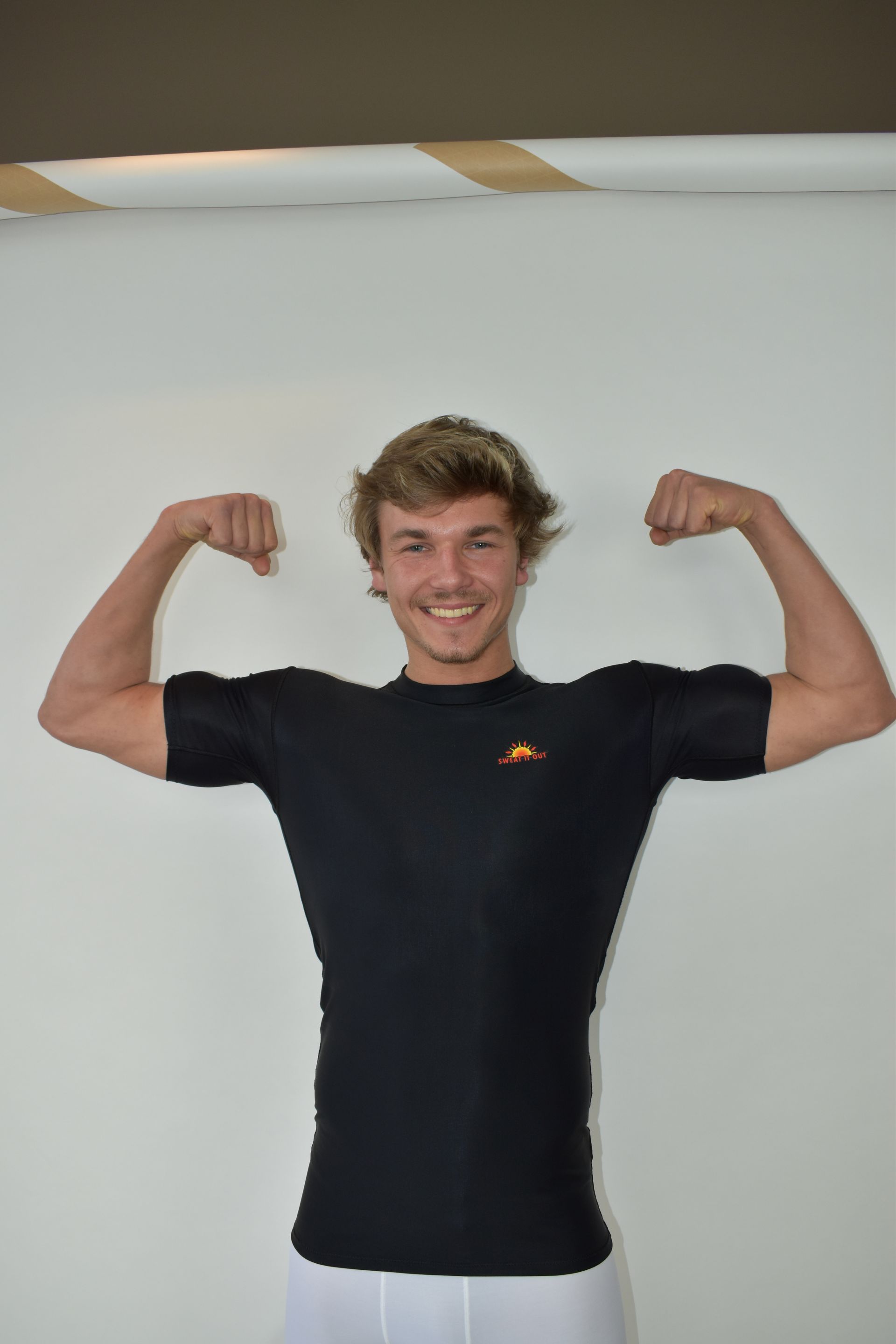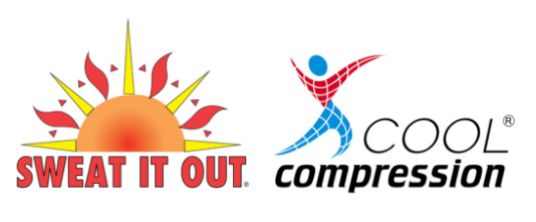Mind and Body: Coping with a poor performance on race day
by Carl St. Clair Randall, Ph.D.
Preparing for a marathon is a challenge in itself. You may complete all the necessary training, feel great on race day, put just end up with a bad race. Reasons for such outcome vary among runners. Some runners over train and are tired on race day, so their performance is compromised. Others may run a race even though they are recovering from an injury, or recently picked up one and hoping to “wing it.”
I have also met runners who attempt to do a crash training program. The latter is like waiting for an injury. There are also runners who attempt to run multiple marathons with only a week or two between races. Their performances will certainly be affected by inadequate recovery between races. There are a few exceptions however.
I ran a marathon a few years age in which the overall winner was second in another marathon a week earlier, with plans to run a third one the following week. I checked his race result the following week and he placed third overall in his third consecutive marathon. In other words, the runner placed first, second and third in three races in three consecutive weeks. I found out later that he was in training for an ultra marathon in North Africa where runners average some 40 + miles each day over multiple days in adverse weather conditions.
Four years ago, while attending the pre-race pasta dinner for the Houston marathon, I was sitting next to a runner who was planning to celebrate his 300 th marathon on race day. He was averaging some 30 races per year. This year I saw him at the expo for the Houston marathon where we recognized each other immediately. I asked him how many marathons had he completed since we saw each other some four years ago. The runner was planning on completing his 450 th marathon the next day. I cannot conceive of running that many races in a life time.
I ran two marathons during a seven week span, one in late November 2009 and the second in mid January with far different results. I ran the Philadelphia marathon in November, but had a poor showing. I completed the race in 3 hours and 29 minutes. My pace was similar to my long training runs. I was well prepared for the race, completing some 600 miles over the last 12 weeks. I felt very fit and thought I was ready for the race. On race day I felt very sluggish throughout.
I have reviewed my training to look for possible over training periods. I could not find anything that appeared outside of my normal training. My built up and tapering were quite similar to other marathon training I had done. The only unusual change that I could identify was taking a flu shot and an H1N1 shot some two weeks prior to the race. I don’t know if my body may have reacted to the shots but there is always that possibility.
I accepted my performance and began preparing for the next marathon seven weeks later.
I went to the Houston marathon with a plan to run about 3 hours and 20 minutes, since I was scheduled for a rotator cuff surgery three days after the race. I was able to train with the tear but had some difficulty with hills or running sprints in training. My fitness level was still there on race day since I was unable to run the Philadelphia race at a hard pace.
I had a good day at the Houston marathon. I ran 3 hours and 9 minutes which placed me 183 among all males. My time was some 20 minutes faster than the Philadelphia race.
The lesson to learn from my experience is that, even though you may have had a bad race day, you just have to move on and prepare for the next race. There is no point dwelling on the past. I have heard a few elite runners at the world class level make the comment that if you have three or four good races in your career that is a good mark. These are runners who may complete 10-15 marathons in a full career.
The message is no matter how well you train, or how fit you may be, there are too many variables on race day that may defer your personal best or even prevent you from doing well. Remember, the marathon is a long race and there are many things that can go wrong during your race. Just stay focus and hope for a good outcome on race day.
The post Mind and Body: Coping with a poor performance on race day appeared first on SWEAT IT OUT® COOL COMPRESSION®.










